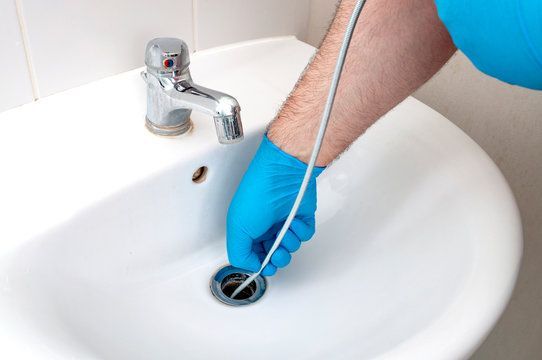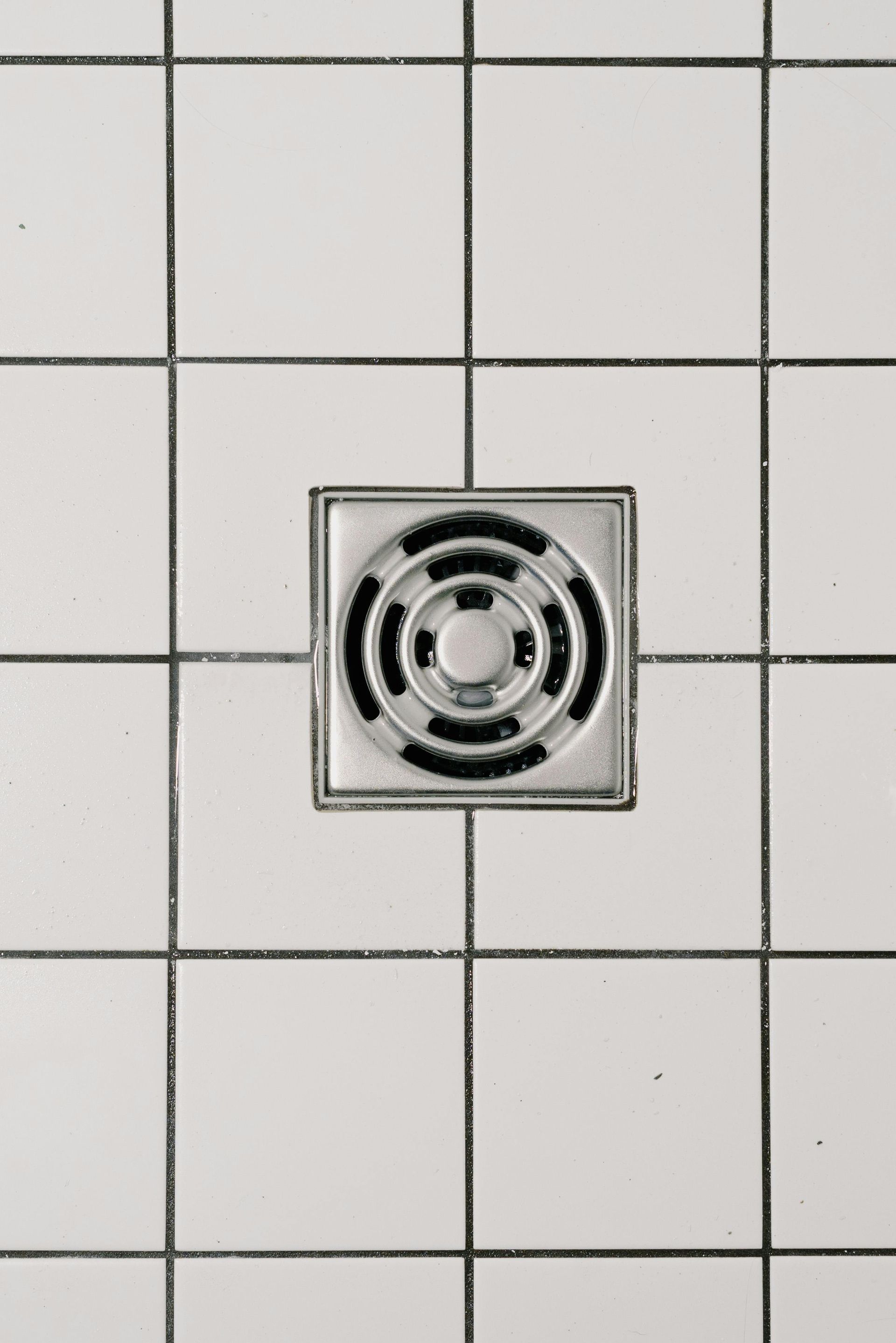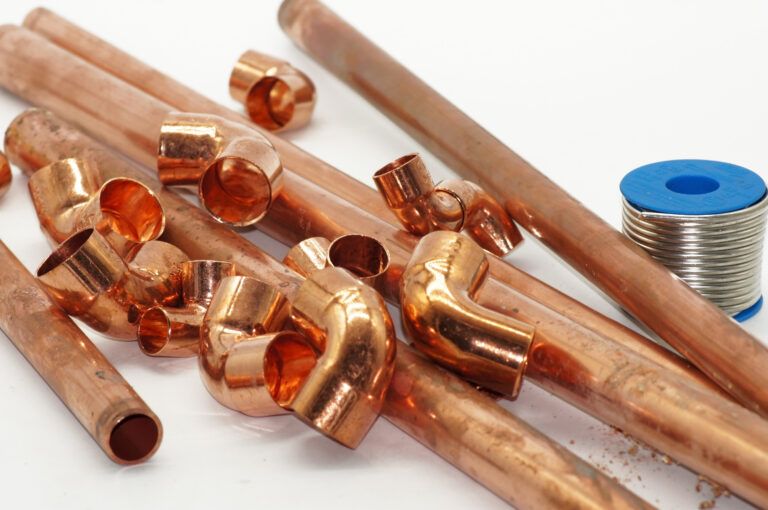Shower Fixture Maintenance
tyler higgins • April 8, 2019
Keep your home in top shape with regular maintenance and professional care. A small leak can grow into a major problem if you don't take care of it quickly.
Maintaining your shower fixtures is essential for ensuring their longevity, performance, and overall functionality. Regular maintenance can help prevent issues such as leaks, clogs, and reduced water flow. Here’s a guide to help you keep your shower fixtures in top condition:
Regular Cleaning
- Clean the Showerhead:
- Remove and Soak: If your showerhead has mineral buildup, remove it (if possible) and soak it in a mixture of equal parts white vinegar and water for about an hour. This helps dissolve mineral deposits.
- Scrub and Rinse: After soaking, use a soft brush or cloth to scrub away any remaining residue. Rinse thoroughly with water before reattaching it.
- Clean the Faucet Handles:
- Wipe Down: Use a non-abrasive cleaner and a soft cloth to wipe down the faucet handles. For stubborn spots, a mixture of baking soda and water can be effective.
- Avoid Harsh Chemicals: Avoid using bleach or abrasive cleaners that could damage the finish.
- Descale the Showerhead:
- Vinegar Solution: Use the vinegar solution to descale the showerhead if you notice reduced water flow. You can also use a toothbrush to scrub the nozzles gently.
Check for Leaks
- Inspect for Drips: Regularly check for any drips or leaks from the showerhead or faucet handles. Leaks can waste water and indicate issues with the seals or internal components.
- Tighten Connections: Ensure that all connections are tight but avoid over-tightening, which can cause damage.
Maintain Proper Water Pressure
- Adjust Water Flow: If you experience reduced water pressure, it may be due to a clogged showerhead or issues with the water supply. Cleaning or replacing the showerhead can often resolve this issue.
- Check the Flow Restrictor: Many modern showerheads have a flow restrictor to save water. If the restrictor is clogged, it can reduce water pressure. Clean or remove it as needed, but be mindful of water conservation.
Address Common Issues
- Handle Issues: If the faucet handles become loose or hard to turn, check for worn-out cartridges or valve stems. Replacing these components can often restore smooth operation.
- Replace Worn Parts: If you notice issues like leaks or difficulties in controlling the temperature, it might be time to replace washers, O-rings, or other internal parts.
Preventive Measures
- Use a Water Filter: Installing a water filter can help reduce mineral buildup and extend the life of your shower fixtures.
- Avoid Harsh Chemicals: Refrain from using harsh chemicals or abrasive cleaners that can damage the finish of your fixtures.
Professional Maintenance
- Schedule Regular Inspections: Consider having a professional plumber inspect your shower fixtures periodically to catch and address any potential issues before they become major problems.
- Replace Old Fixtures: If your fixtures are old or outdated, replacing them with new, more efficient models can improve performance and efficiency.
Winterizing (if applicable)
- Prevent Freezing: In colder climates, ensure that pipes leading to your shower are properly insulated to prevent freezing and potential bursts.
By following these maintenance steps, you can keep your shower fixtures functioning optimally and extend their lifespan. Regular attention and care will help prevent common issues and ensure a pleasant and reliable shower experience.
You might also like

By tyler higgins
•
September 5, 2024
Initial Preparation Gather Tools: Prepare necessary tools and materials such as a plunger, plumbing snake, bucket, gloves, and cleaning agents (e.g., baking soda and vinegar). Protect the Area: Place a bucket or towels under the drain to catch any water or debris that may spill out. Use a Plunger Plunge the Drain: For Sinks: Block the overflow hole with a wet cloth to ensure effective suction. Place the plunger over the drain and push down firmly, then pull up quickly. Repeat several times. For Toilets: Ensure the plunger completely covers the toilet drain. Use similar plunging motions as for sinks, applying steady force. Try a Baking Soda and Vinegar Solution Mix Solution: Pour 1 cup of baking soda followed by 1 cup of white vinegar down the drain. Let it sit for 15-30 minutes to break down organic matter and grease. Flush with Hot Water: After the solution has sat, flush the drain with hot water to clear out any loosened debris. Use a Plumbing Snake Insert the Snake: Manual Snake: Insert the end of the snake into the drain and turn the handle clockwise to navigate the clog. Continue feeding the snake until you feel resistance break. Electric Snake: For more severe clogs, an electric snake can be more effective. Follow the manufacturer’s instructions for use. Clean the Trap (P-Trap) Remove the Trap: Place a bucket underneath the trap (the curved pipe under the sink) to catch any water. Use a pipe wrench or pliers to loosen the nuts and remove the trap. Clean the Trap: Remove any debris or buildup inside the trap. Clean it thoroughly with water and reassemble it. Check for Blockages: Ensure that there are no blockages in the pipe leading to the trap and that everything is reassembled correctly. Use a Plumber’s Auger Operate the Auger: Insert the auger into the drain and turn the handle to break up or hook onto the clog. Move the auger back and forth to dislodge the obstruction. Retrieve the Clog: If the auger hooks onto the clog, carefully pull it out. Flush the drain with water to ensure it’s clear. Check and Clear Vent Pipes Inspect the Vent Pipes: In some cases, clogs in vent pipes can cause drainage issues. Use a plumber’s snake or a professional to check and clear these pipes if accessible. Flush the Drain Use Hot Water: After attempting the above methods, flush the drain with hot water to ensure that any remaining debris is cleared. Consider Chemical Drain Cleaners (with Caution) Use with Care: If other methods haven’t worked, you can try a chemical drain cleaner. Follow the manufacturer’s instructions carefully and use these chemicals sparingly, as they can be harsh on pipes and harmful if misused. Seek Professional Help Call a Plumber: If the clog persists despite your efforts or if you encounter complex plumbing issues, it’s best to contact a professional plumber for assistance. They have the expertise and tools to handle severe clogs and underlying problems. Prevent Future Clogs Use Drain Screens: Install screens or strainers to catch debris and prevent future clogs. Avoid Grease and Non-Flushables: Avoid putting grease, coffee grounds, or non-flushable items down the drain. Regular Maintenance: Perform regular maintenance with baking soda and vinegar to keep your drains clear. By following these steps, you should be able to effectively unclog most drains and maintain a smoothly functioning plumbing system.
Book a Service Today
Thank you for contacting us.
We will get back to you as soon as possible
We will get back to you as soon as possible
Oops, there was an error sending your message.
Please try again later
Please try again later
Quick & Reliable
Scheduling available 24/7 via Text Message Or Phone Call!
© 2025
All Rights Reserved | Rooter Street LLC


